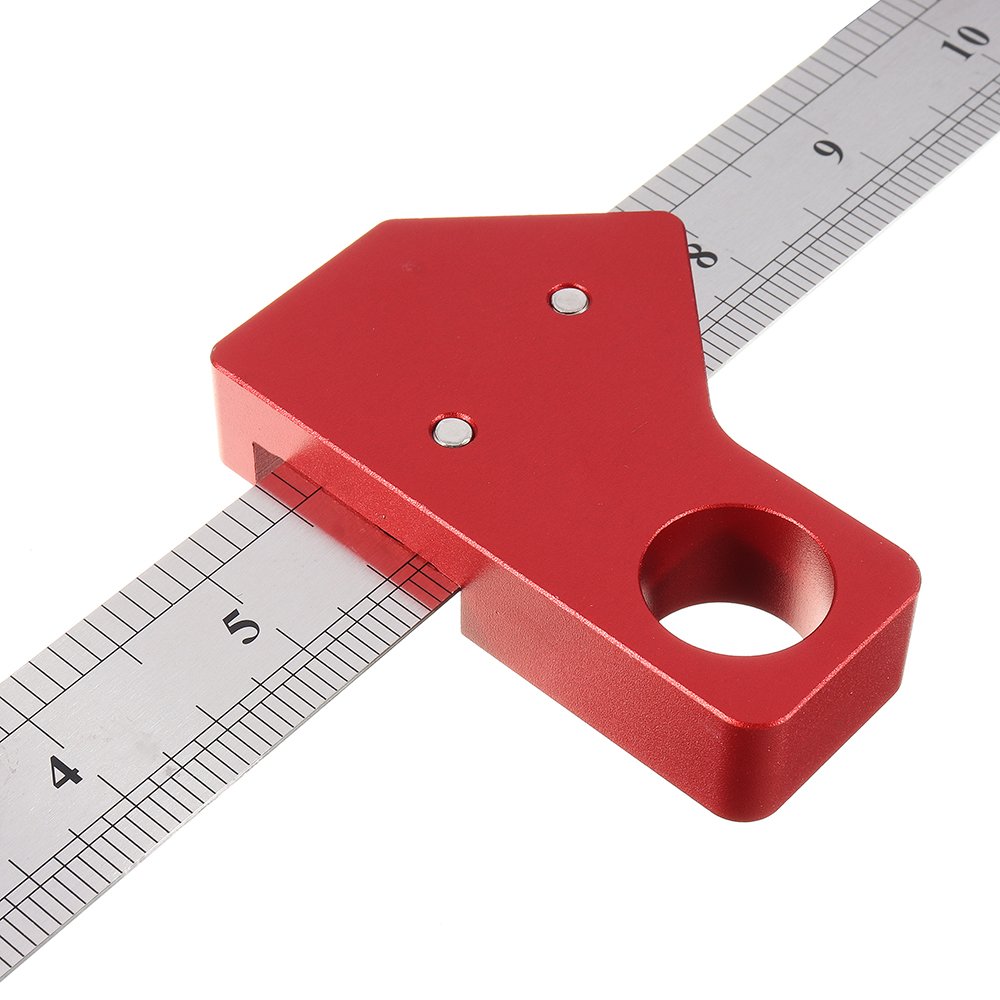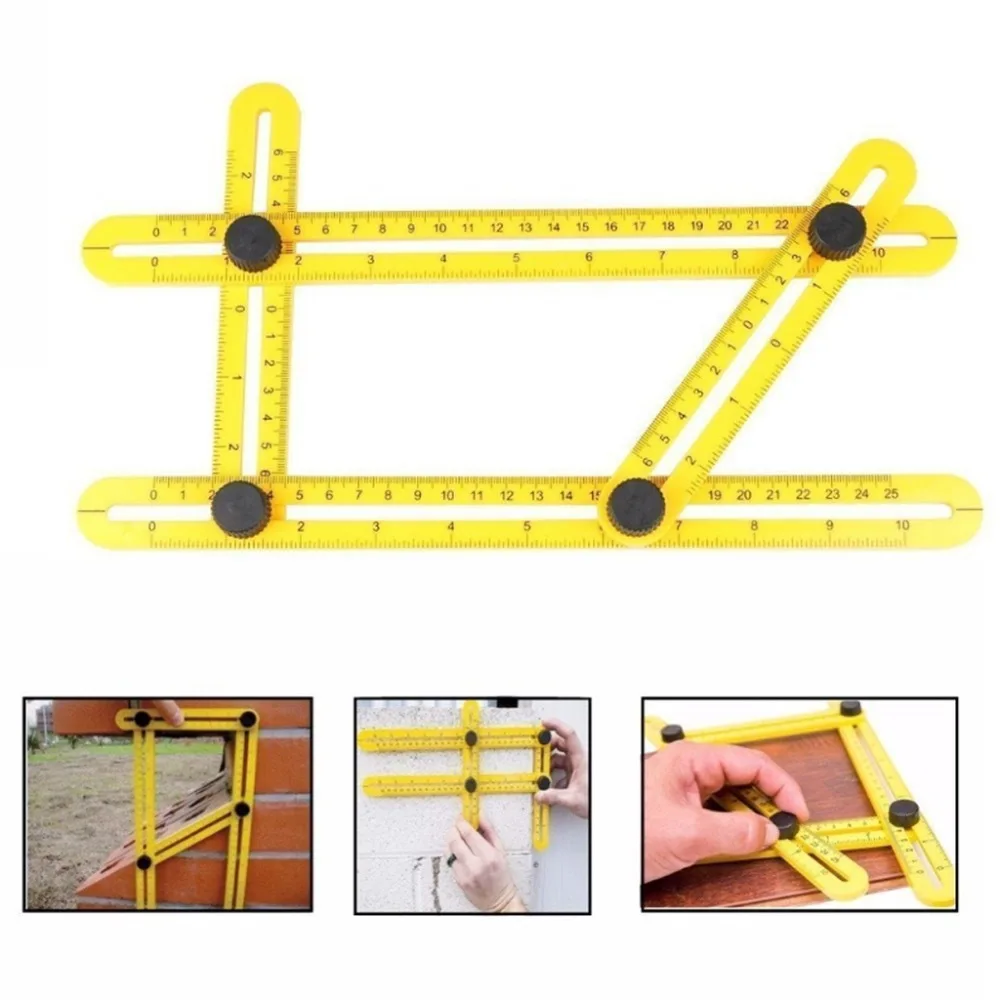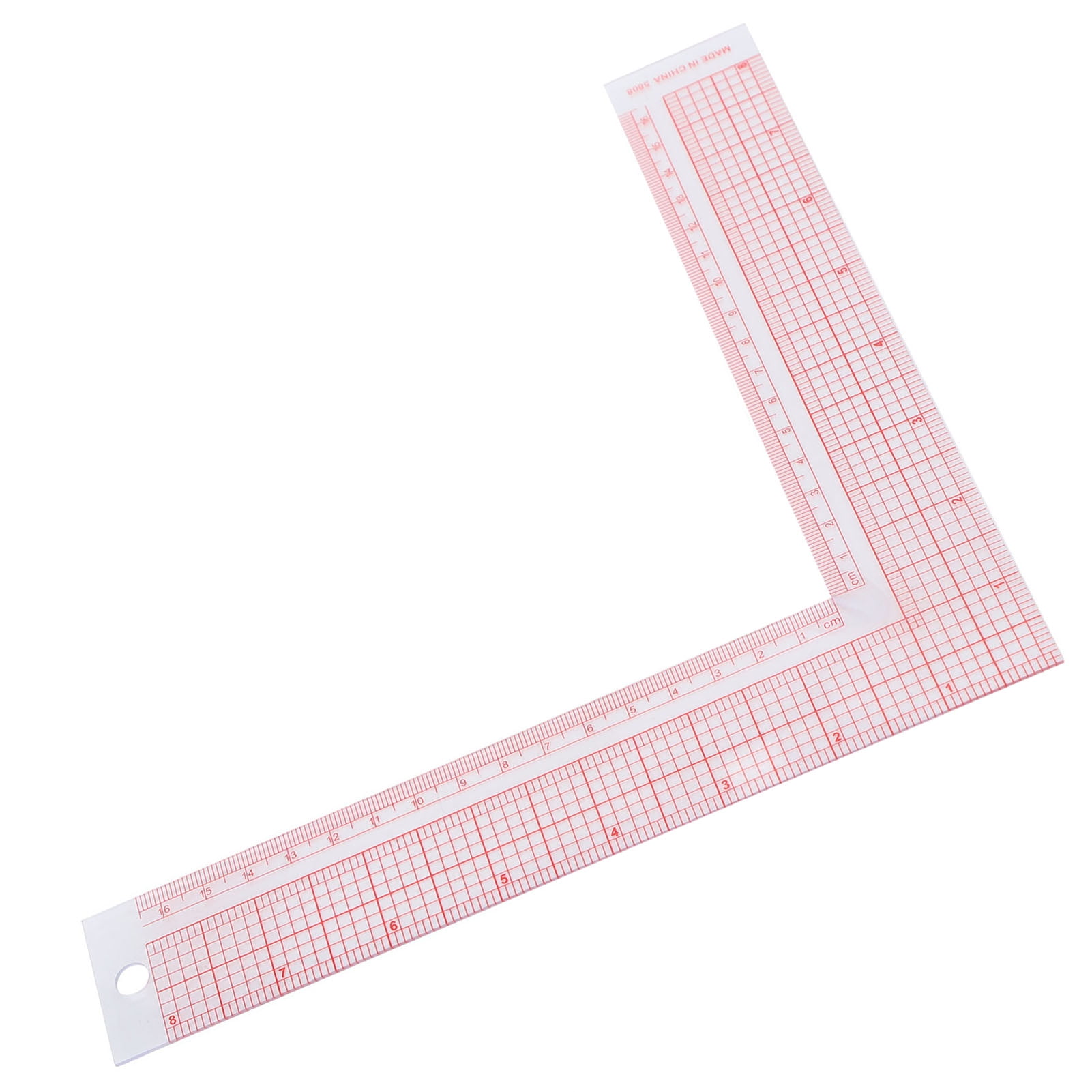
For a product to make our list of top picks, it must hold a solid sales record on Amazon, have consistently positive customer reviews, and offer unique features, among other factors. We recommend products in each review using an intensive research process, spending hours combing through the best available models on Amazon. The This Old House Reviews Team has written over 1,000 reviews on products in the home space, from cordless drills to kitchen trash cans, lawn mowers, and dining room decorations. The This Old House Reviews Team focuses on creating in-depth product and service review content to help inform your purchasing decision for just about any item or resource that you might need for your home. This Old House has empowered homeowners for more than four decades with top-notch home improvement content in the form of television programs, print media, and digital content on its website and social media platforms. Why Trust The This Old House Reviews Team In a pinch, an angle finder could be used to measure short distances as an alternative to a tape measure. Most angle finders have multi-purpose legs that double as a ruler or level. Do angle finders have any additional uses? We also advise users not to submerge an angle finder in water or drop it from heights greater than six inches from the ground. Wiping it down with a microfiber cloth should work nicely. What can I do to increase the longevity of my angle finder?įor continued use of your trustworthy angle finder, we suggest cleaning it after you’re done measuring the necessary angles and making cuts.
#Angle ruler tool irvin plus#
For example, the General Tools Digital Angle Finder has an accuracy of plus or minus 0.1 degrees. Most digital protractors are extremely accurate. Most angle finders use two adjustable legs to fit and read inside or outside angles, showing the measurement using a built-in digital or analog display. For example, the multi-purpose Bosch Digital Angle Finder also functions as a level, inclinometer, protractor, and miter calculator.įrequently Asked Questions About Angle Finders How does an angle finder work? Some angle finders include additional features that help homeowners complete a range of tasks.

Some tools have a flexible design that can read oddly shaped angles on brick, wood, tile, and other surfaces. For example, some models are best for setting miter angles, while other angle finders are built to read pipe or conduit angles for plumbing or electrical projects.

Most angle finders are designed for specific types of DIY projects. For example, the General Tools Digital Angle Finder measures angles between 0 and 360 degrees, while the larger Bosch Digital Angle Finder finds angles between 0 and 270 degrees. Measurement RangeĪn angle finder’s measurement range refers to the types of angles it can read. While digital angle finders are more user-friendly, their display typically makes them more expensive than their analog counterparts. Analog angle finders are typically built with plastic or metal legs that conform to the angle you want to measure, displaying the angle degree with an analog dial and arrow.ĭigital angle finders typically have legs similar to analog models but display the angle degree on an LCD. DigitalĪngle finders are offered with analog and digital displays.

Whether for a home improvement project or as a gift for the woodworker or carpenter in your life, here are four factors to consider before buying an angle finder.

Best Analog Model: Starrett ProSite Miter Saw Protractor.Learn more about our top recommendations below and be sure to read our guide to buying tools to learn more about the most important factors when shopping for tools. Angle finders are available in digital and analog versions and measure different ranges of angles, so the This Old House Reviews Team researched the best angle finders on Amazon. A good angle finder should be precise, reliable, easy to use, and durable. To support this business model, This Old House may be compensated if you purchase through links on our website.Īn angle finder, also referred to as a “miter protractor” or “angle gauge,” is a valuable tool when cutting pieces of wood to meet an exact angle. Affiliate Disclosure: This Old House’s Reviews Team is committed to delivering honest, objective, and independent reviews on home products and services.


 0 kommentar(er)
0 kommentar(er)
